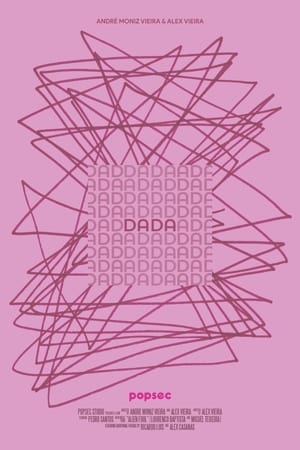
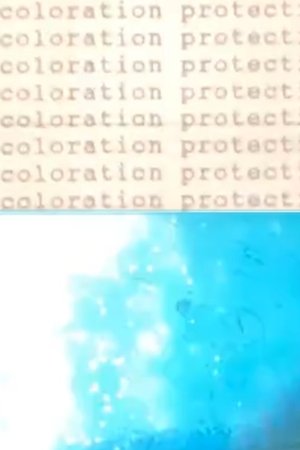
Protective Coloration(1990)
This film is a succession of visual and aural "notes" generated by the patterns in animals' hides, which are arranged and re-edited into a complex musical architecture, developing intricate rhythms not unlike the complex syncopations found in traditional African music. Elements of sand, dirt, light and shadow cross-reference the film's emulsion with evolutionary history and provide a second level of musical structuring through which the first layer is filtered. The animals' fur patterns, which evolved naturally as camouflage to hide them from predators, ironically now make the animals more visible to human predators who are attracted by their exotic uniqueness. This cinematic analogy underscores modern humanity's relationship to the natural world.
Movie: Protective Coloration

Protective Coloration
HomePage
Overview
This film is a succession of visual and aural "notes" generated by the patterns in animals' hides, which are arranged and re-edited into a complex musical architecture, developing intricate rhythms not unlike the complex syncopations found in traditional African music. Elements of sand, dirt, light and shadow cross-reference the film's emulsion with evolutionary history and provide a second level of musical structuring through which the first layer is filtered. The animals' fur patterns, which evolved naturally as camouflage to hide them from predators, ironically now make the animals more visible to human predators who are attracted by their exotic uniqueness. This cinematic analogy underscores modern humanity's relationship to the natural world.
Release Date
1990-05-16
Average
0
Rating:
0.0 startsTagline
Genres
Languages:
Keywords
Similar Movies
 7.5
7.5Berlin: Symphony of a Great City(de)
A day in the city of Berlin, which experienced an industrial boom in the 1920s, and still provides an insight into the living and working conditions at that time. Germany had just recovered a little from the worst consequences of the First World War, the great economic crisis was still a few years away and Hitler was not yet an issue at the time.
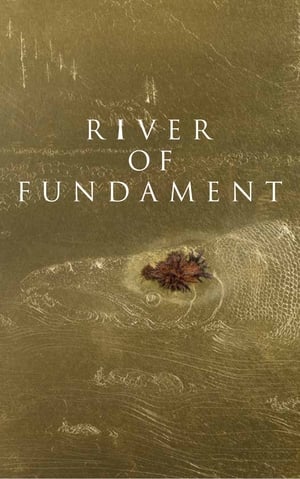 6.2
6.2River of Fundament(en)
Visionary artist Matthew Barney returns to cinema with this 3-part epic, a radical reinvention of Norman Mailer’s novel Ancient Evenings. In collaboration with composer Jonathan Bepler, Barney combines traditional modes of narrative cinema with filmed elements of performance, sculpture, and opera, reconstructing Mailer’s hypersexual story of Egyptian gods and the seven stages of reincarnation, alongside the rise and fall of the American car industry.
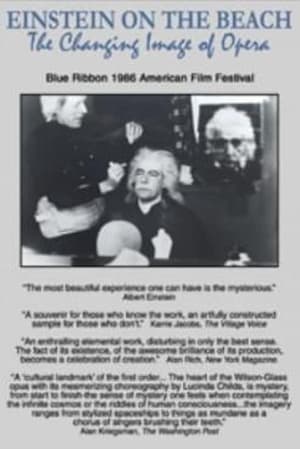 10.0
10.0Einstein on the Beach: The Changing Image of Opera(en)
The creative processes of avant-garde composer Philip Glass and progressive director/designer Robert Wilson are examined in this film. It documents their collaboration on this tradition breaking opera.
 6.5
6.5The Letter(fr)
Michael Gondry's examination of childhood love is replete with his trademark surreality. One evening at the turn of the century, Stephane discusses with his brother the end of the millenium, but also girls, particularly Aurelie, a classmate with whom he is secretly in love. The following day, Aurelie has a letter to give to him....
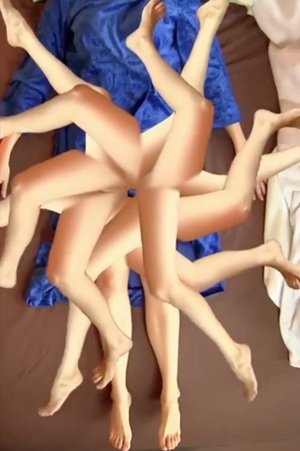 0.0
0.0Restless Leg Saga(en)
In this edition of Moulton's narrative series, the artist's character Cynthia suffers from Restless Leg Syndrome, and seeks relief in pharmaceutical ads on TV and in health magazines. In a domestic world enlivened with animated dance and mystic poetry (written and read by poet John Coletti), Cynthia finds relief in the healing mineral AION A, discovered by Swiss artist Emma Kunz.
 0.0
0.0Sasha Grey(en)
“For my film portrait of Sasha Grey, I wanted to focus on her expressive and psychological transformation into a cinematic actor, separate from the cues that have associated Sasha with her previous career as a performance artist working within the adult film world.” – Richard Phillips
 4.2
4.2Song 3(en)
SONGS 2 & 3: Fire and a mind’s movement in remembering (the Songs are a cycle of silent color 8mm films by the American experimental filmmaker Stan Brakhage produced from 1964 to 1969).
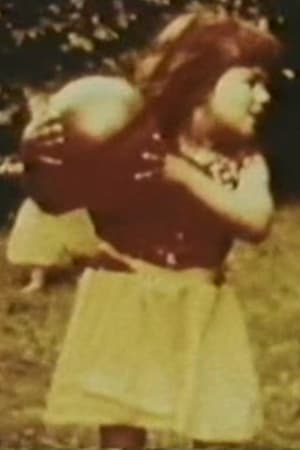 4.5
4.5Song 4(en)
SONG 4: Three girls playing with a ball. Hand painted (the Songs are a cycle of silent color 8mm films by the American experimental filmmaker Stan Brakhage produced from 1964 to 1969).
 4.2
4.2Song 5(en)
SONG 5: A childbirth song (the Songs are a cycle of silent color 8mm films by the American experimental filmmaker Stan Brakhage produced from 1964 to 1969).
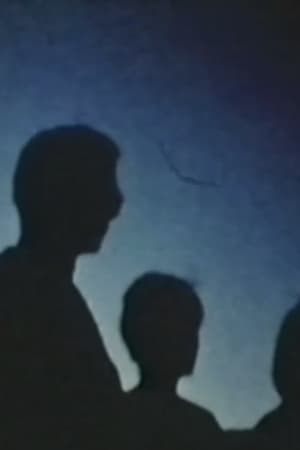 4.2
4.2Song 9(en)
SONG 9: Wedding source and substance (the Songs are a cycle of silent color 8mm films by the American experimental filmmaker Stan Brakhage produced from 1964 to 1969).
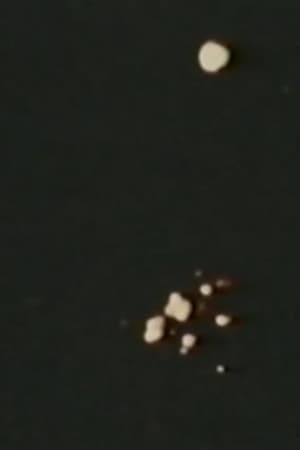 3.9
3.9Song 11(en)
SONG 11: Fires, windows, an insect, a lyre of rain scratches (the Songs are a cycle of silent color 8mm films by the American experimental filmmaker Stan Brakhage produced from 1964 to 1969).
 4.2
4.2Song 12(en)
SONG 12: Verticals and shadows caught in glass traps (the Songs are a cycle of silent color 8mm films by the American experimental filmmaker Stan Brakhage produced from 1964 to 1969).
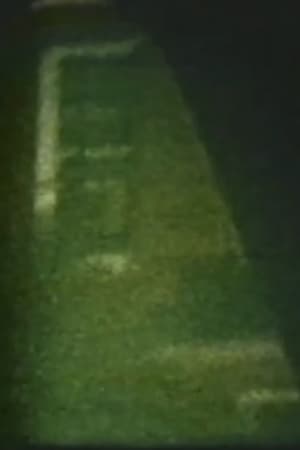 4.2
4.2Song 13(en)
SONG 13: A travel song of scenes and horizontals (the Songs are a cycle of silent color 8mm films by the American experimental filmmaker Stan Brakhage produced from 1964 to 1969).
 4.2
4.2Song 14(en)
SONG 14: Molds, paints and crystals (the Songs are a cycle of silent color 8mm films by the American experimental filmmaker Stan Brakhage produced from 1964 to 1969).
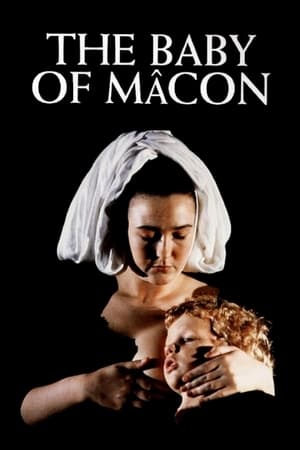 7.0
7.0The Baby of Mâcon(en)
Set halfway through the 17th century, a church play is performed for the benefit of the young aristocrat Cosimo. In the play, a grotesque old woman gives birth to a beautiful baby boy. The child's older sister is quick to exploit the situation, selling blessings from the baby, and even claiming she's the true mother by virgin birth. However, when she attempts to seduce the bishop's son, the Church exacts a terrible revenge.
 7.3
7.3Colossal(tl)
Colossal explores the complexities of grief and the process of grieving as understood through the myth of a Man as he ventures through shifting landscapes ruminating.
 0.0
0.0Islands(tl)
ISLANDS explores a cinematic journey of two astronauts. As they enter Earth’s atmosphere the structure transforms. The spacecraft becomes the meteor from a myth of a tribesman; it triggers an old lady’s memory of a lover from her past. As these diverse characters converge in a plane of reality, we confront a particular form of gravity we covertly feel—falling in love.
 0.0
0.0The Watchmen(en)
In The Watchmen, pulsating orbs, panopticons, roadside rest stops, and subterranean labyrinths confront the scope of human consequences and the entanglement of our seeking bodies.
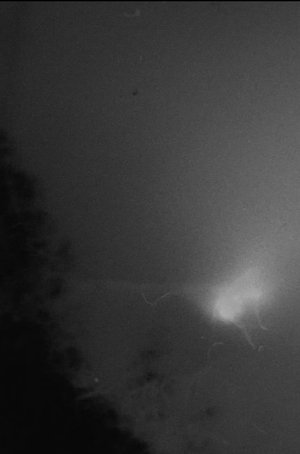 0.0
0.0Cloud Film(en)
cloud film meditates on the calming effects of watching clouds, while also demanding action to combat our impact on the environment. It calls attention to a loss of control as the clouds turn into a storm, reflecting the momentum of climate change. As clouds float on screen, fluctuating between different frame rates, this film calls attention to its handmade form through the use of cameraless techniques such as ray-o-gramming, optical printing and hand processing.
